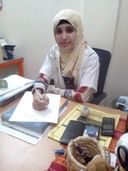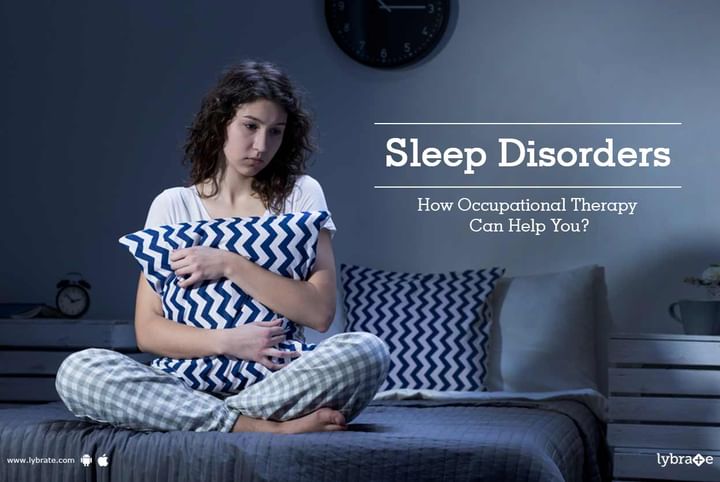Sleep Disorders - How Occupational Therapy Can Help You?
Wrinkles and fine lines aren’t the only changes that occur with age; your sleep cycle is affected as well. It is a common misconception that the amount of sleep you need declines with age. Sleep needs remain constant throughout our adult lives but with age, people often find it increasingly difficult to fall asleep and have trouble staying asleep. Not getting enough sleep can trigger other conditions and hence it is essential to have a good night’s sleep.
Occupational therapy is often used to treat sleep disorders faced by elderly people. With the help of bedding management, sleep hygiene and choosing the right nightclothes they reduce involuntary napping and help patients regulate their sleep wake cycle. They also train patients on how to use equipment such as a sleep apnea machine to facilitate better quality of sleep. Analysing the problem is the first step by occupational therapist use to developing sleep routines. Here are a few common sleep problems that are experienced by people as they age.
- Insomnia: Wanting to go to bed earlier at night and waking up early in the morning is a normal effect of aging. With age, you may also feel the need for an afternoon nap to supplement your sleep. There are many conditions that could trigger insomnia in the elderly. Primary amongst these are stress, poor sleeping conditions, lack of exercise, side effects of medications, menopause and pain or medical conditions.
- Sleep apnea: Sleep apnea can be defined as breathing that stops for a few seconds or minutes while asleep. Along with age, being overweight also puts people at a risk of suffering from sleep apnea.
- Restless leg syndrome: The need to continuously move your leg is known as restless leg syndrome. This is often accompanied by throbbing, itching, pain, cramping or burning in the legs that can be relieved by movement. These symptoms are more acute at night make falling asleep difficult.
- Periodic limb movement disorder: Many people move their limbs while asleep without realizing it. With age, this condition can worsen with movements lasting for anywhere between a few minutes to a few hours through the night making him wake up tired and irritable.
- Circadian rhythm sleep disorders: Circadian rhythm is the natural wake-sleep pattern followed by a person. With age, this pattern gets disturbed due to changes in hormone levels, activity levels and social activities. For many people this results in shorter sleep cycles and can cause sleep deficiency.
- REM behavior disorder: In very rare cases, people act out their dreams. Though this movement is uncontrolled, it differs from sleep walking as the person is most likely to remember the dream on waking up.



+1.svg)
